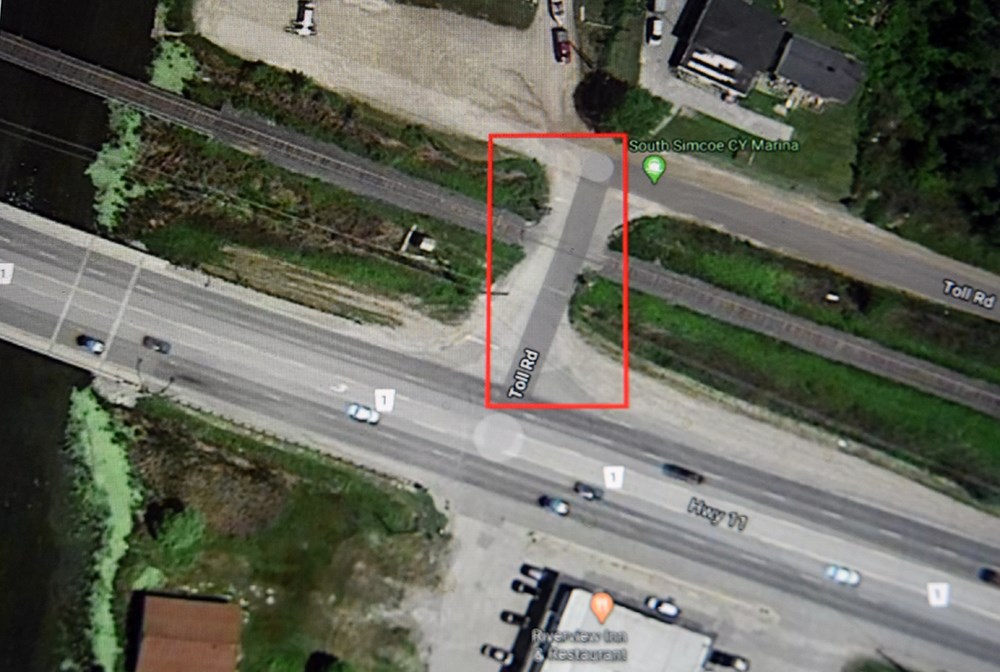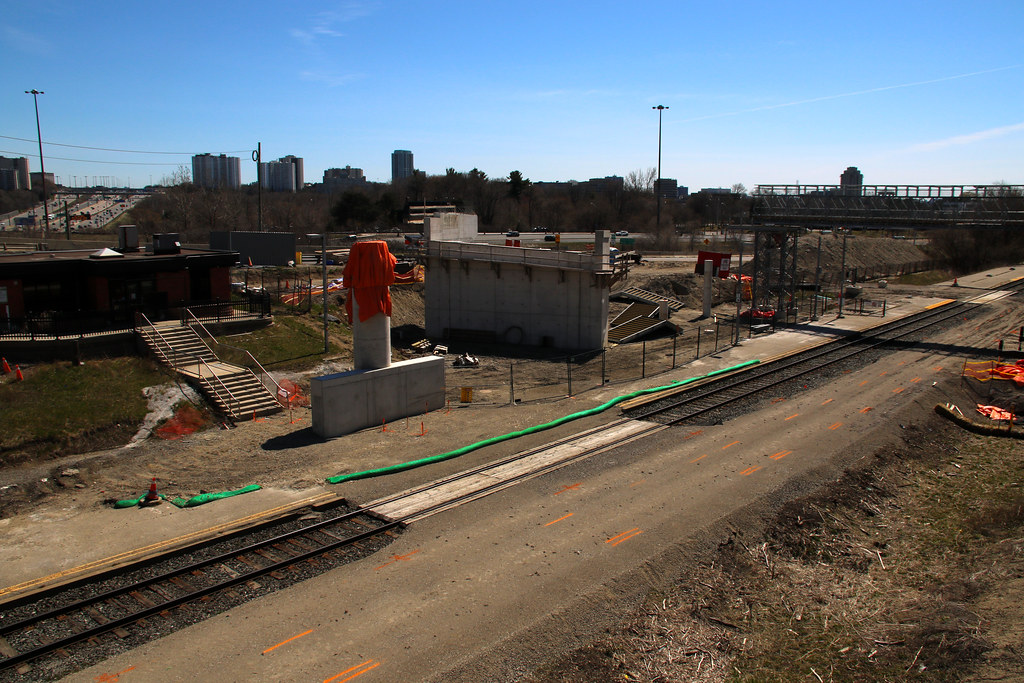Allandale25
Senior Member

Metrolinx looks at closing the Toll Road Railway Crossing
Councillors concerned over plan to close 'very well used' crossing
|
|
|

A quick Google search says: http://www.kleintech.net/safetrain.htmlI have a general question about GO Transits signalling system. I have noticed that some control points within the CTC system are Safetrain GEO system while others are GETS. I'm wondering what the difference between the two systems, which is older, are they both microprosser solid state systems, do they both replace relay based systems etc. Etc.
Thanks for this info! But more specifically I was referring to Safetran's (typo before) Geographic Signalling System (GEO) CTC system compared to General Electric Transportation System (GETS) CTC system. For example I have seen information that says that some control points are GETS-CTC while others are GEO-CTC. I was curious if it is just different companies so different brands of the same thing or of there is a fundamental difference, advantages, sequence of release, disadvantages etc. Sorry if I am posting in the wrong forum, I couldn't see one specific to rail signalling fans!A quick Google search says: http://www.kleintech.net/safetrain.html
and
https://trn.trains.com/railroads/ab...ctc-remotely-directing-the-movement-of-trains (CTC dates from 1927!) See also https://en.wikipedia.org/wiki/Centralized_traffic_control
Documents were submitted over a year ago and application is still under review.Oriole
They are installing a new overhead walkway at the south end of the old station platform and the new 401 off ramp to Leslie. Once it is in place, the current one will be remove to allow the ramp to be built over the track. Lost track if the current station is to be move to Sheppard Ave. I counted 12 cars park in the lot and most likely people visiting the hospital.
Thanks for this info! But more specifically I was referring to Safetran's (typo before) Geographic Signalling System (GEO) CTC system compared to General Electric Transportation System (GETS) CTC system. For example I have seen information that says that some control points are GETS-CTC while others are GEO-CTC. I was curious if it is just different companies so different brands of the same thing or of there is a fundamental difference, advantages, sequence of release, disadvantages etc. Sorry if I am posting in the wrong forum, I couldn't see one specific to rail signalling fans!
















CN Thickson? Behaving as of late, but if there is going to be a signal problem, my guess it's at CN Thickson.One hears gripes now and then about “headache” spots on the system
CN Thickson? Behaving as of late, but if there is going to be a signal problem, my guess it's at CN Thickson.
^ Maybe related to this topic, but I think I read a Metrolinx blog post where they recently replaced a switch at the Scarboro Junction that had been in place since the 1960s and they've now upgraded it? I assume they've done a complete assessment of all the switches on the tracks they own and update them as needed?
Thanks for this info! But more specifically I was referring to Safetran's (typo before) Geographic Signalling System (GEO) CTC system compared to General Electric Transportation System (GETS) CTC system. For example I have seen information that says that some control points are GETS-CTC while others are GEO-CTC. I was curious if it is just different companies so different brands of the same thing or of there is a fundamental difference, advantages, sequence of release, disadvantages etc. Sorry if I am posting in the wrong forum, I couldn't see one specific to rail signalling fans!
Yeah, it was a real headache at first, but now only acts up sporadically. Lately my sources have been commenting on things in the plant up around the Airport on the Weston Sub that has caused delays.
- Paul




















